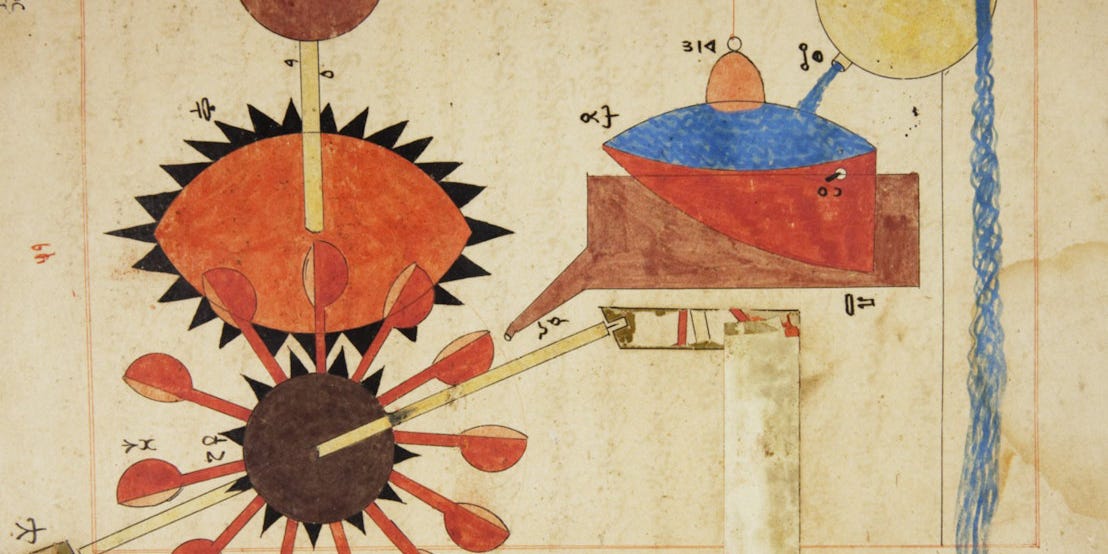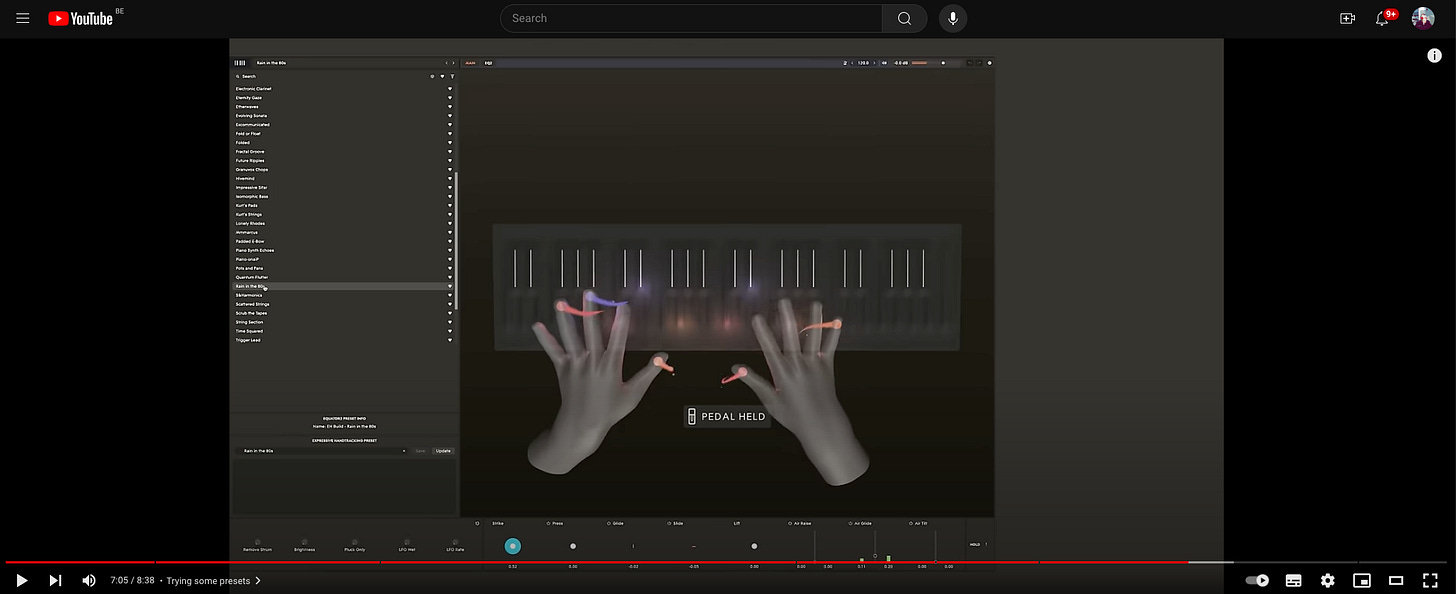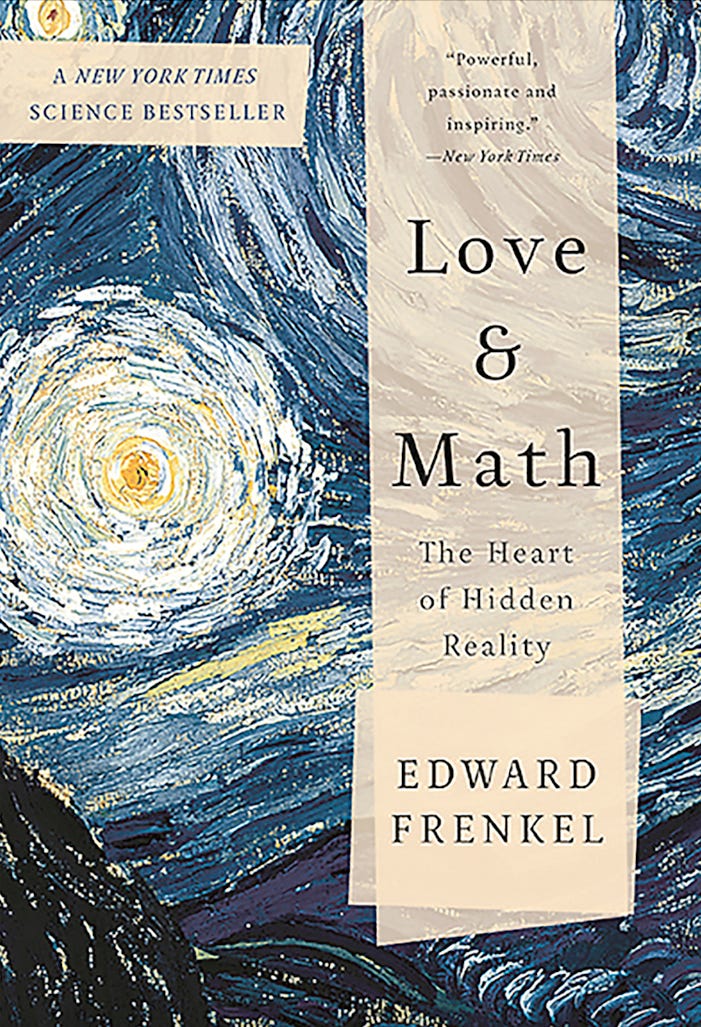“Delicacies” is my incoherent, irregular, unpredictable collection of interesting sparks I came across online. Handpicked by a human, no robots, no AI. A form of tripping, wandering, dérivé, with some loosely undefined theme holding them together. Delicacies have no fixed frequency: I hit the publish button when there is enough material. That can be after a week, or after 3 months. No pressure, literally.
You receive this newsletter because you were subscribed to Petervan’s Delicacies Revue Edition or Petervan Studios Newsletter. Feel free to share.
The very best
How to repair a spaceport? Wonderful essay by Kei Kreutler. “reflections on standardization and technological interoperability through the metaphor of the fictional spaceport. The essay explores how cultural narratives of technology shape what worlds we can build.”
“spaceports are infrastructure designed without stable boundaries. They are meant to accommodate the fellow traveler and the unknown visitor alike.”
The Artification of Culture. By Simon De La Rouviere
“when technology reduces the cost of production and distribution, production shifts away from singular, visionary efforts to collective, decentralized efforts”
And also:
“As AI fills the world with text and images that lack intention, perhaps we will look for art that is radical in its intentions. Perhaps we will value the artists who are the most conscious in their choices. AI can vomit up endless intention-free text and images. Quantity is its game. Quality, intention, choice, vision—that has to be ours.”
Robert Poynton shares some insights about learning without teaching
“Understanding this makes my work as a designer of learning experiences lighter. I don’t have to push, or cajole, or control the outcome (or even much of the process for that matter). All I have to do is create the conditions where people can share their different responses constructively. This is about mood and atmosphere, just enough stimulus to get them going and paying close attention to what emerges.”
About the decade ahead in AI (PDF). By Leopold Aschenbrenner. Tip: get familiar with the term OOM (Orders Of Magnitude). The author foresees AGI by 2027 strikingly plausible.
“Before long, the world will wake up. But right now, there are perhaps a few hundred people, most of them in San Francisco and the AI labs, that have situational awareness. Through whatever peculiar forces of fate, I have found myself amongst them. A few years ago, these people were derided as crazy—but they trusted the trendlines, which allowed them to correctly predict the AI advances of the past few years. Whether these people are also right about the next few years remains to be seen. But these are very smart people—the smartest people I have ever met—and they are the ones building this technology. Perhaps they will be an odd footnote in history, or perhaps they will go down in history like Szilard and Oppenheimer and Teller. If they are seeing the future even close to correctly, we are in for a wild ride.”
Data & Society
About the right to truth and arguments against Elon Musk and others who prioritize the right to lie. By Geoff Mulgan
Innovation
This is a video on the design of Amsterdam's Newest Neighborhood - the Houthavens.
AI, Robots, Algorithms
A well-written critique and reflection on the “reasoning” capabilities of the new OpenAI LLM. By Eryk Salvaggio
About another level of notetaking with Google’s AI-assisted NotebookML
A must-read by Alberto Romero on the 10 implications for the long-term future of the OpenAI o1 series.
“Generative AI as the leading AI paradigm is over. This is perhaps the most important implication for most users who don’t care about AI beyond what they can use. Generative AI is about creating new data. But reasoning AI is unconcerned with that. It is intended to solve hard problems, not generate slop.”
and
“Humans will increasingly feel less and less equal to AI (eventually inferior) across tasks for which we’ve always considered ourselves uniquely suited. The idea of the user having a relationship of equals with AI (e.g. for work) now belongs to the past. Instead, we will witness, in awe or terror, how AIs go deeper, broader than we can follow. In the past, we were the architects and constructors of the world but then machinery happened, and we stopped being the constructors. We’re about to stop being the architects as well.”
Internet Culture
TheJaymo got a glimpse of the future
The future I’m seeing is shaped power fandoms raised on Fortnite and Dabloons, crypto social casinos, and TV merging into an auto-financializing interactive entertainment medium.
It’s just a glimpse to be sure, but it’s one that’s gonna be very weird indeed.
Forget AI Agents, think Deodands. This is a fascinating piece by Simon De La Rouviere on what’s next when autonomous games, AI, and token-based technologies come together. Spoiler: it is getting very weird.
“Today, if I had to choose, a deodand is a better word than an agent. Or, something like a Coasean, taken from Coase’s theory of the firm. It’s not a firm, not a crowd, not an agent, not an LLM, but something amorphous yet understood as a thing. These agentic social LLMs with crypto wallets won’t stop at being individuals, but become weirder… blobs. Getting vibes of Tarkovsky’s Solaris right now”
AR, VR, XR, Games
More high-end spectacle commissions, or more intimate poetic experiences? by Ana Brzezińska.
Physical Reality
About the violent Atherstone Ball Game
“Though undeniably macho, the game opens up space for male vulnerability, trust and care in a world where men are discouraged from talking about their struggles. There is a beginning and an end, its violence consensual and contained. A release. When it finishes, everyone shakes hands.”
Biopixels meditate on the seemingly endless biodiversity, translated on the wings of moths and butterflies through color and pattern variation. None of the images in this film have been manipulated!
Virtual Reality
About the Free UR Head project at the Venice Biennale
Superior Reality
Architect Peter Eisenman about Building the Future and mentoring today’s architecture students
Post Capitalism
About Mandalas and engineering the arguments of a porous new planetary contraption. By Venkat
“I have been gesturing vaguely at protocols, so you have probably guessed that I have notions of networks, decentralization, AI, and cryptographic technologies cooking in my head. So do a lot of other people. It seems clear that whatever the New Machine is, it will have some of these attributes. But at this point, these terms have been tossed around for so long, they are futurist tropes rather than useful thoughts. But we can say a couple of more substantial things: porosity, engineered arguments, planetarity. Notions that add at least some depth to the tired futurist tropes we’ve been working with for too long.”
New New Babylon
About The Case for Autonomous Worlds. By ludens.
“As our taken-for-granted intersubjective realities come under increasing threat, Autonomous Worlds can help them anchor into a more durable and stable interobjective digital reality. Autonomous Worlds can become the digital table we sit around, the container in which we can begin to fashion a new form of communal sense.”
I am super-excited to announce the general availability of my brand new performance “The New New Babylon”. Here is the trailer:
Venkat is writing about something similar in his latest post Placemaking vs. Mission Shaking
“Startups solve for efficiency. Places solve for thoroughness. Startups solve a specific problem as profitably as possible. Places manage all aspects of being human as thoroughly as possible. Startupping is a finite game. Placemaking is an infinite game. Trying to run the same playbook for both is a mistake.”
Art related
About Art and the Age of AI: Holly Herndon and Mat Dryhurst are renowned for their groundbreaking work across music, machine learning, and software development – here, they join Hans Ulrich Obrist and Eva Jäger in conversation. Very long but fascinating read. Via The Jaymo.
“So everyone is in agreement that the future is most likely going to be run through these incredibly powerful technical systems and there’s a massive opening for political scientists, philosophers and artists to reimagine how things are organised and structured” – Mat Dryhurst
Download 1,600+ Publications from the Metropolitan Museum of Art: Books, Guides, Magazines & More
Aesthetics
About the very very last fashion show by Belgian fashion designer Dries Van Noten
Music/Sound/Dance
A generative AI instrument like no other. Just a web interface. By Tero Parviainen
Talking about instruments: ROLI Airwave hand tracking. Video demo by Andrew Huang
Performance
Hania Rani’s live studio performance in 2022. Amazing
Books/Publication
A book by a mathematician in search of the formula of love. The author intrigues and provokes. Some kind of brainmelt.







